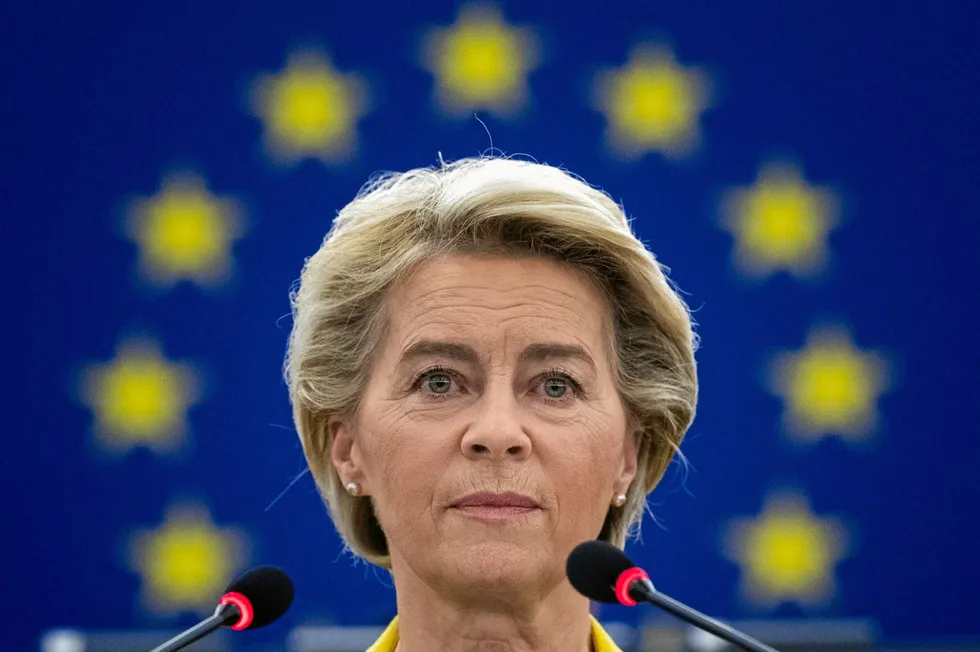Leaked draft law | EU aims to produce at least 50% of its green hydrogen using European-made electrolysers
Proposed target would ensure that cheaper Chinese-made machines would not decimate European electrolyser manufacturing sector, but it is not clear how this would work in practice
